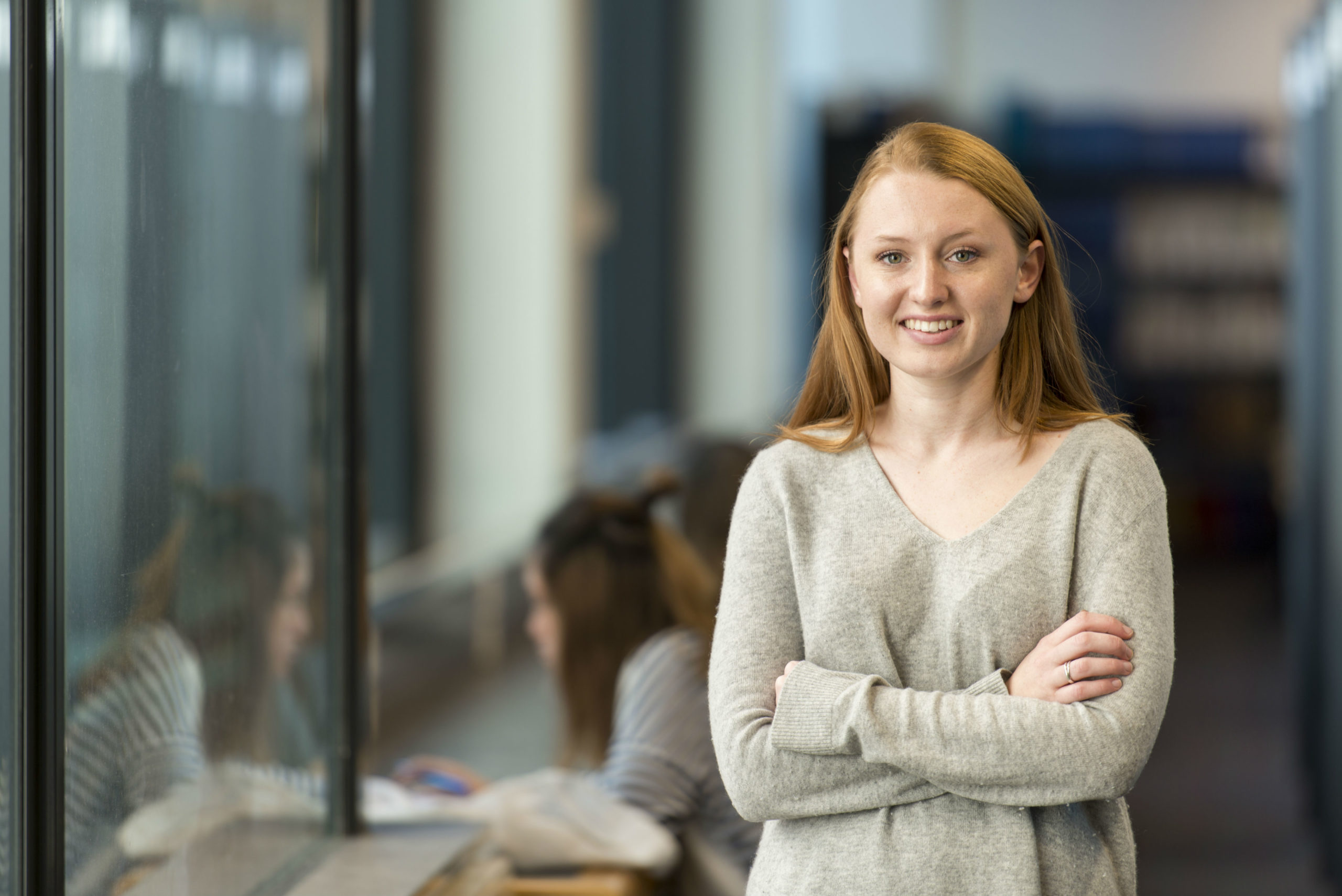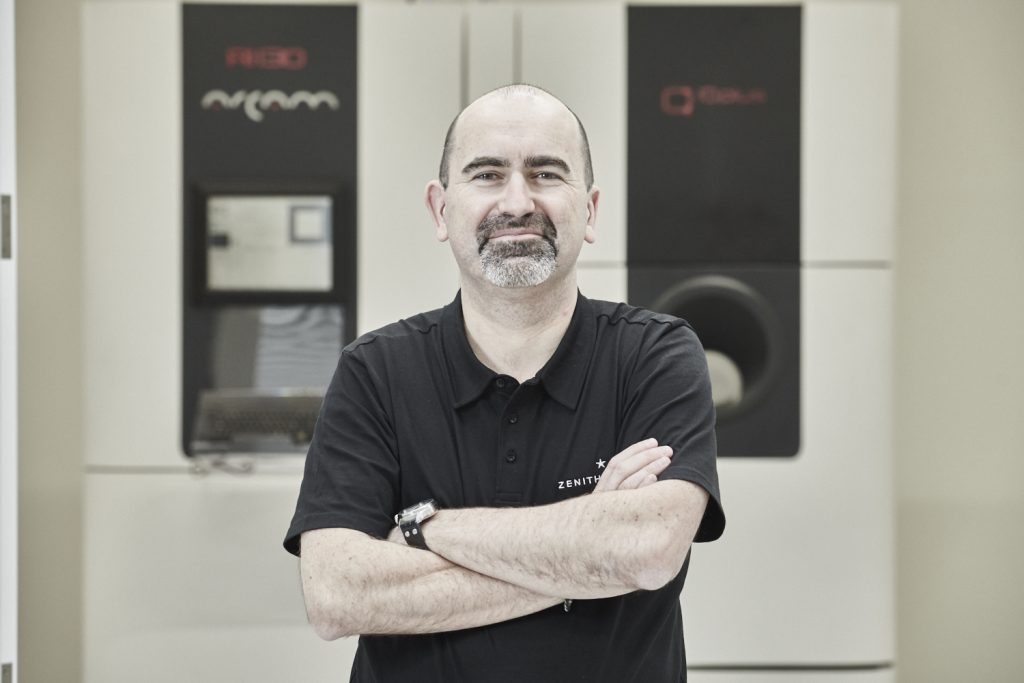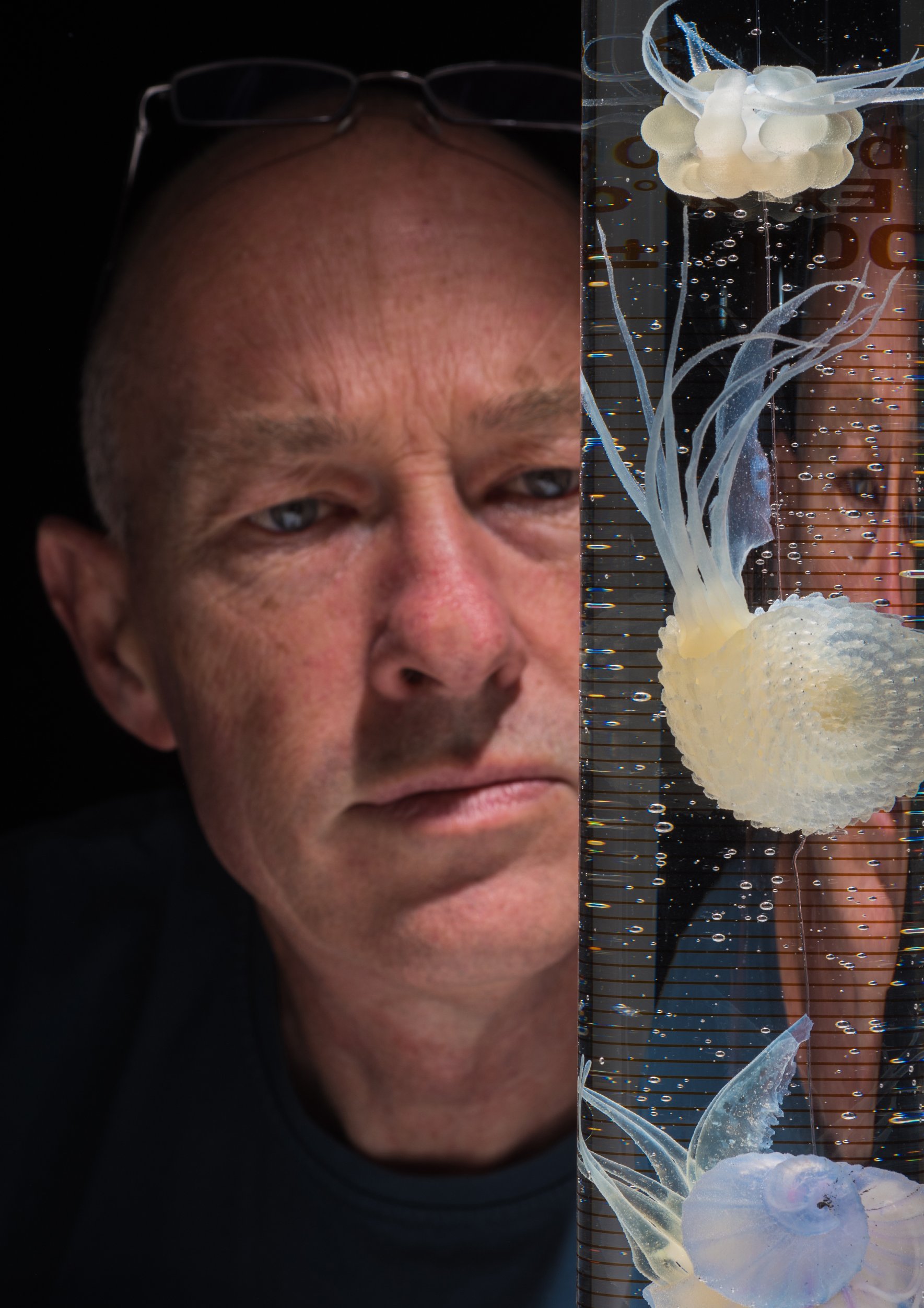Creating anatomical 3D models with cutting edge technology can forever change the way anatomy and medicine are illustrated. At Victoria University of Wellington (Victoria), in New Zealand, students are quickly learning new ways to give life to clinical data. Moving data from the 2D world to a tangible, highly detailed, and precise 3D printed anatomical model could significantly change the clinical field; revamping everything, from medical education to clinical practice.
Focused on bringing her creative designs to life, Ana Morris, a post-graduate student at the School of Design Innovation at Victoria, managed to 3D print a full-color, anatomically accurate, and high fidelity voxel human using the Visible Female dataset and a bitmap-based additive manufacturing workflow.
The result of the work, part of Morris’ master’s thesis, is visually astounding and the woman replicated within this new kind of anatomical model is almost palpable. It was created using serially sectioned cryosection images of a female cadaver produced by researchers working on the National Library of Medicine’s Visible Human Project (VHP).
Using a Stratasys J750 3D printer, Morris was able to replicate in an entirely novel way the body of a woman who, as a result of morbid obesity, died of heart disease. Victoria’s School of Design Innovation has been working with Stratasys printers since 2004, and this J750 machine used to create lifelike anatomical models with standard or complex pathologies for device testing, surgical training, and patient-specific simulation, provides the color, flexibility, and transparency in 14-micron droplets.

The VHP project realized as a full-color exploratory model (Credit: Ana Morris/Victoria University of Wellington)
Working alongside lecturers Bernard Guy and Ross Stevens of the School of Design Innovation, Morris was granted free access to use the sophisticated Stratasys machine. Just like all her classmates, she was encouraged to “learn at the edge” and “exploit her creative thinking,” as Guy described during an interview with 3DPrint.com.
“This particular piece is a component of a larger project by Ana [Morris] that works with data that doctors use all the time – like MRI and CT scans. It provides an example of how industrial designers at Victoria take data and convert it into a physical object, and also how to advance scientific thinking, serving as a catalyst that can transform research,” said Guy.
“We have the advantage of talking to anesthesiologists and surgeons all the time, who have recently suggested that this voxel human piece would be a fantastic exemplar as a visual aid for patients, to show them what’s inside the body and what can happen during a procedure, without being scary or too scientific.”
The full data set from the VHP is now publicly available, allowing Morris the opportunity to volumetrically reconstruct the dataset in a new way. Originally conducted in the 1990s by the University of Colorado Health Sciences Center to obtain serially sectioned images of human cadavers for medical research advancements, the VHP became a common reference point for the study of human anatomy.
Anatomical medical modeling using traditional mesh-based workflows can be time-consuming. Data loss and segmentation artifacts, due to multiple post-processing steps, can cause anatomically inaccurate 3D prints. Morris stated that, when using current segmentation workflows, each mesh (STL file) is restricted to one color and density. However, her study takes advantage of a high-resolution multi-material 3D printer that allows for control over every material droplet (also referred to as a “voxel”).
Guy and Stevens believe that “3D printing with voxels is a little bit like looking at tiny dust particles in the sun; it’s that sort of detail that we are working with, tiny little particles. Our big question is now, what do people want to see in a physical object with this level of detail? We don’t want to keep printing more superfluous products”.

The natomically accurate 3D printed model of the Visible Female, a woman who died of heart disease caused by obesity (Credit: Ana Morris/Victoria University of Wellington)
“There are plenty of virtual reconstructions, but I don’t think the human anatomy has ever been printed like this before,” Morris suggested to 3DPrint.com. “Moreover, a model like this highlights the potential of what could come next and will hopefully spark ideas of what could be done. For example, the model could serve as a visual communication tool used in a setting between a doctor and patient, removing all the clinical jargon, helping patients have a more comprehensive understanding of the human body.”
Morris’s workflow can bypass the conversion steps of traditional segmentation workflows, resulting in the preservation of cadaveric anatomy in its true color. Furthermore, because of the time saved using a bitmap-based 3D printing approach, Morris’ workflow has the potential to save money when compared to traditional medical modeling workflows. The highly accurate model was produced with gradated color including details at 14-micron resolution which, according to Morris, is impossible to achieve using STL file formats.
The four-step process starts with data acquisition. In this case, the Visible Female dataset, which is then volumetrically reconstructed to create a virtual model. From here, the data is scaled-down and resliced at the printer’s native printer z resolution. It is finally 3D printed and post-processed.
The detail that can be seen in the 3D printed Visible Female shown in this research is unprecedented. A total of 5,102 images were processed and sent for printing on the Stratasys J750 to complete the Visible Female 3D print, resulting in 24 individual 3D prints stacked on top of each other to form the full 3D printed Visible Female.
Morris claimed that all the print parts vary in slice thickness, as they wanted to show that bitmap-based printing can produce both thin slices and thick blocks. For demonstration purposes, thick blocks were used to show more detailed areas of anatomy such as the hand and chest regions, and thinner slices were used to show detail through areas such as the thigh.
Guy recalls that unlike anything previously seen in 3D printed anatomical models, this project shows the body of a person in extreme detail. “With 3D printing, we see a lot of stereotypical body forms; while here, we are witnessing a person who has grown up, lived their life, and passed away, so it is a very real cadaver, almost as a synthetic cadaver, or synthetic mummification. It shows a very real shape and form, and that’s the part of the study we wanted to focus on.”
Morris described that when images are deposited sequentially on top of each other using the Stratasys J750 3D printer, it can construct a tangible 3D model. Inspired by Massachusetts Institute of Technology (MIT) research where a bitmap-based 3D printing workflow allows the ability to engineer different material combinations at a 14-micron resolution by fusing different material droplets. Advantages recorded around bitmap-based 3D printing have acknowledged that in its strength lies its accuracy, limitless manufacturing possibilities, and the production of complex material combinations at a microscale.
“Students at Victoria are aiming to mimic anatomy using synthetic materials,” described Guy. This is part of their ability to craft and shape voxels with medical data. The challenge that many professors and students at the School of Design Innovation are undertaking is to show another level of detail, gradients, density, color, and heterogeneous material combinations to fulfill growing demand from the medical field.
“We are at a time when healthcare professionals are not sure what is achievable, but they also don’t know what question to ask and our job is to show them what we can do,” suggested Guy.
For Morris, the aim of this project was to explore the bitmap-based 3D printing technique and the capabilities of the Stratasys J750 3D printer. “After this, we could expand into densities and biomechanics, which are more complicated areas,” she said.
According to Morris, “having control over every 14-micron material droplet means that materials can be engineered to produce models with varying colors and densities,” and even more interesting is how this “manufacturing workflow could be used for a variety of different medical applications where bioimaging datasets are needed to create tangible anatomical models.”
Finding a balance between science, creativity, and art is one of Morris’s strong points and what led her to carry out this endeavor, something she described as a way to “humanize and democratize information about our anatomy and clinical vocabulary through design.” Indeed, her bitmap-based additive manufacturing model has helped to show the Visible Female in an unprecedented way.
After presenting this research at the 3D Technologies in Medicine 2019 Conference in Melbourne last year, Morris and Guy expect that future research will involve looking at medical datasets to print models that are soft and hard altogether. They expect to work on the complexity of 3D color and movement to display the dynamics of the body using the sophisticated and new Stratasys 750 Digital Anatomy Printer (DAP).
“Anatomical models today are a weird snapshot in time, so I want models that mimic the complexity of a body in movement, such as tissue movement in breathing. The desire is to get as close as we can to anatomy, by mimicking the reaction of the different parts of the body when it moves, as opposed to static anatomical models that are falsely imitating reality,” explained Guy. “And now thanks to Ana’s method, we can move forward, knowing that if we are really sharp, we can make a difference.”

Full-color serially sectioned images of the Visible Female (Credit: Ana Morris/Victoria University of Wellington)
The post The Full-Color Voxel Woman: 3D Printing the Complexity of Human Anatomy appeared first on 3DPrint.com | The Voice of 3D Printing / Additive Manufacturing.














